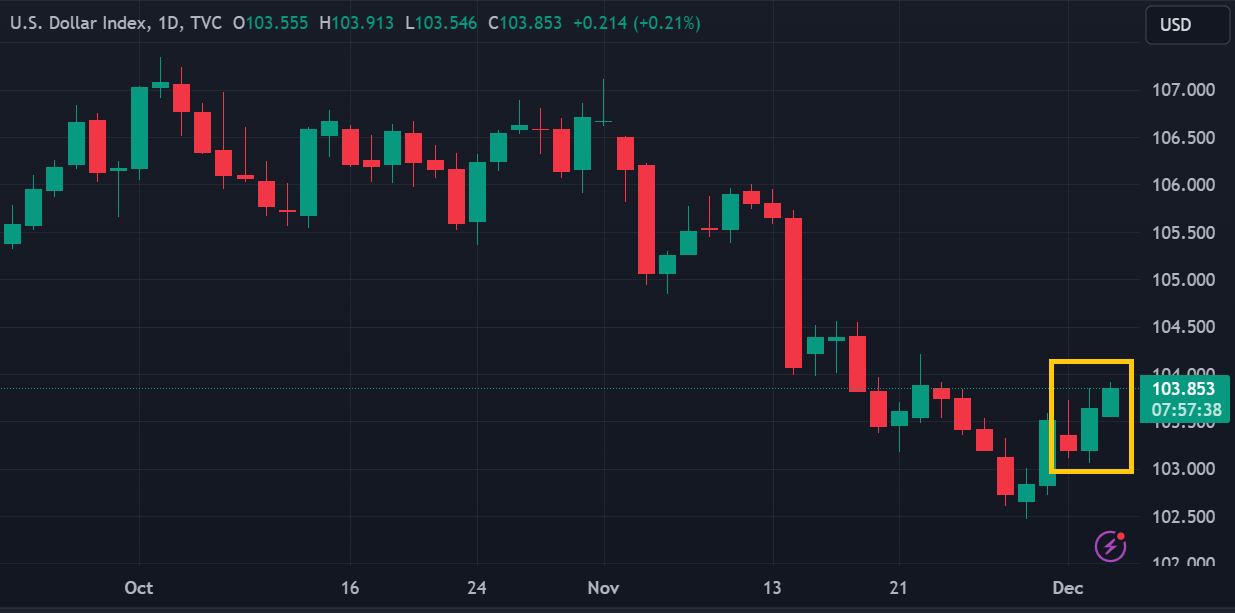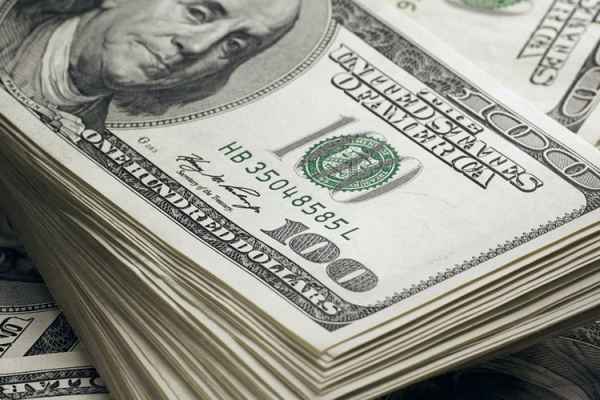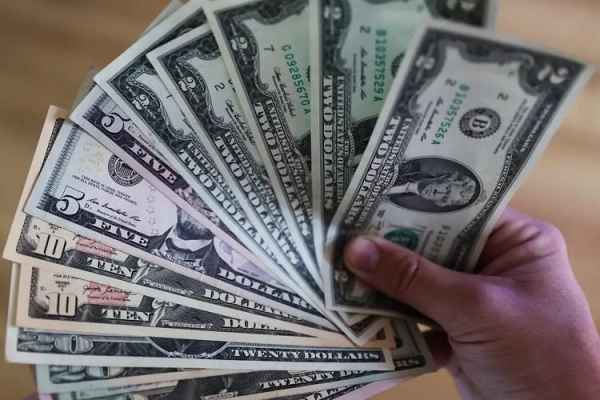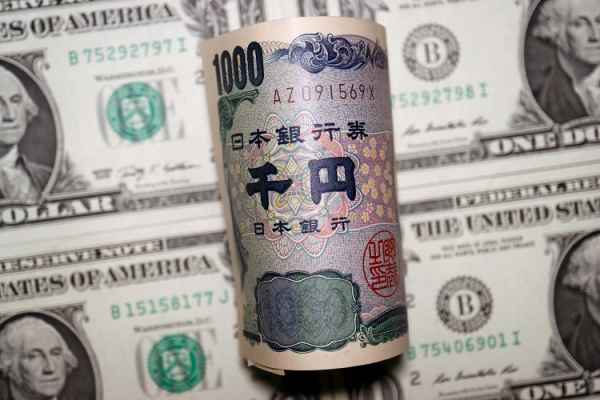The US dollar outperformed as market participants re-evaluated interest rate projections in the majors and their impact on forex rates.
Some of the greenback's main rivals were hit by the more dovish stance of central bankers, leading the US Dollar Index (DXY) to climb to the 103.90s. The US Dollar also gained additional support from the release of US economic data tonight (Dec 5).

EUR/USD was beaten to the lowest level in about 15 days. The reason is that market participants received confirmation that the future direction of European Central Bank (ECB) policy will be looser.
Isabel Schnabel, a member of the ECB Executive Board, said that the European Central Bank will not raise interest rates again. The previously well-known hawkish figure also did not dismiss the possibility of lowering ECB interest rates in the first half of 2024.
AUD/USD was also the target of a mass sell-off. The RBA explained that Australia's inflation expectations are currently consistent with the central bank's target, so traders are increasingly confident that the central bank will start cutting interest rates next year.
The market had considered Fed Chairman Jerome Powell's statement at the end of last week to be dovish, but it turned out that he was even more hawkish than European and Australian central bank officials. This has prompted the market to re-evaluate interest rate projections for the majors and their impact on forex rates.
"The market's main focus now is still very much on what central banks are going to do next year in terms of policy. We've had this very dramatic dovish repricing of rate expectations for both the Fed and the ECB over the past week, so that's certainly having an impact on FX markets," MUFG currency strategist Lee Hardman said.
ISM tonight reported the US Non-manufacturing PMI score increased from 51.8 to 52.7 in November 2023, or better than the consensus estimate of 52.0. The data suggests US business services activity remains vibrant amid a climate of high-interest rates. The sector's growth also cured the market's disappointment with the mediocre performance of the US manufacturing sector.

 Dedicated FREE FOREX VPS
Dedicated FREE FOREX VPS Free FOREX Virtual Private Server
Free FOREX Virtual Private Server MT4 Demo Contest, Get $500
MT4 Demo Contest, Get $500 Sign Up for an Account, Claim 60% Deposit Bonus
Sign Up for an Account, Claim 60% Deposit Bonus Free MT4/MT5 VPS 2024
Free MT4/MT5 VPS 2024 Send E-mail and Get Free Merchandise
Send E-mail and Get Free Merchandise $1K Refer a Friend Bonus for Pepperstone Pro clients
$1K Refer a Friend Bonus for Pepperstone Pro clients Maximize Your Earnings with 100% Deposit bonus
Maximize Your Earnings with 100% Deposit bonus Trade to Win, $5,000 Monthly Demo Contest
Trade to Win, $5,000 Monthly Demo Contest Claim 30% + 15% Deposit Bonus from LiteFinance
Claim 30% + 15% Deposit Bonus from LiteFinance






